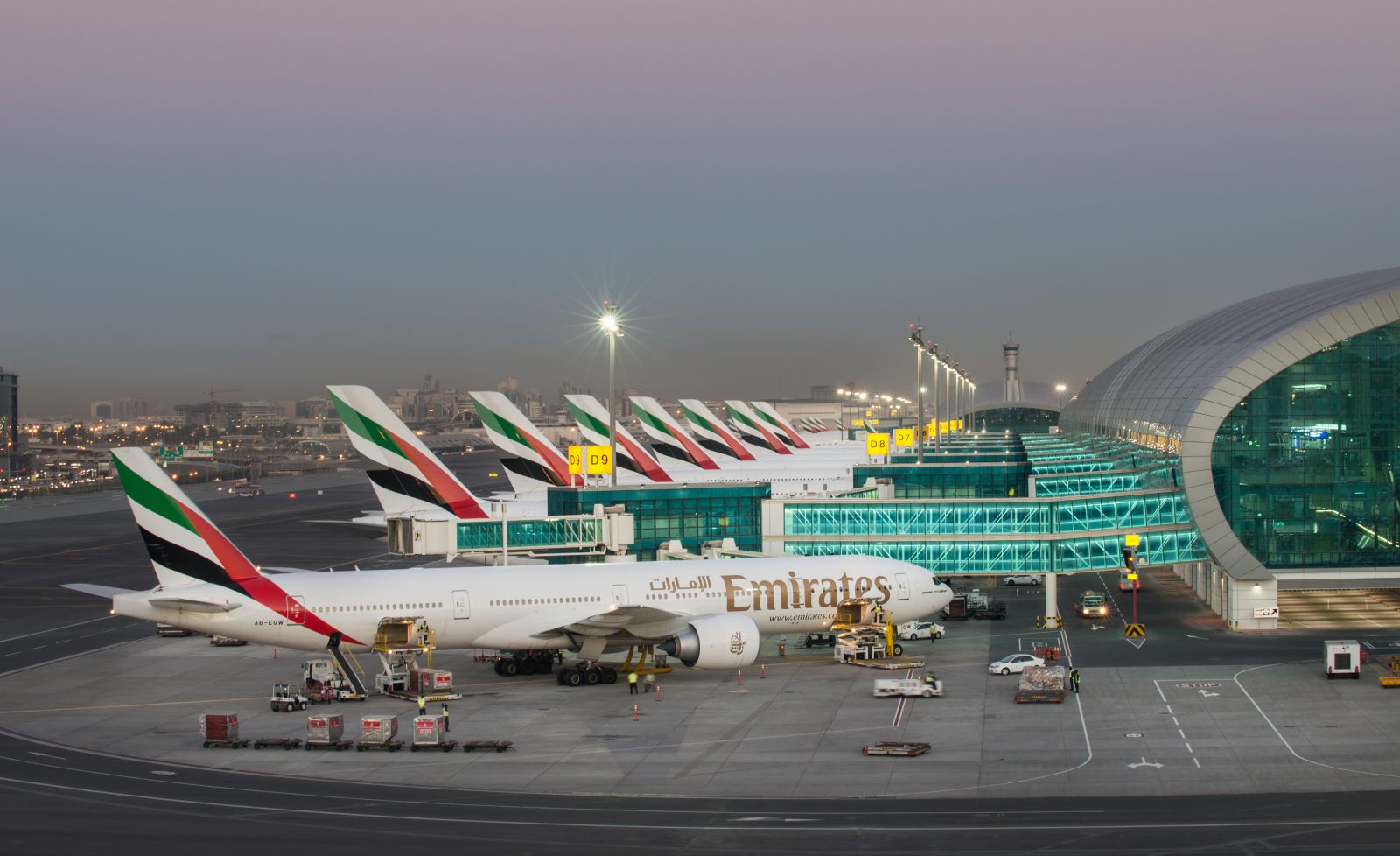
At the start of October, French aircraft manufacturer, Airbus came up with some fairly wild estimates about how many aeroplanes would be needed by Middle East airlines in the Gulf region. Well, it turns out that rival aerospace behemoth, Seatle-based Boeing has even more confidence in the region’s aerostate future.
The estimates were released by Boeing on the second day of the Dubai Air Show, just a day after we learned that Emirates had ordered 40 Boeing 787’s Dreamliner’s to “power” their “future network growth.”
Boeing has crunched the numbers and has come to the conclusion that a humungous 3,350 new aeroplanes will be needed by Middle East airlines in the next 20 years. They’ve estimated the total costs of those orders would equate to an eye-watering $730 billion – although of course, most airlines secure big discounts on the list price.
Boeing’s Randy Tinseth explained why airlines in the Middle East would have long-lasting success, despite the current woes in the region: “The fact that 85 percent of the world’s population lives within an eight-hour flight of the Arabian Gulf, coupled with robust business models and investment in infrastructure, allows carriers in the Middle East to channel traffic through their hubs and offer one-stop service between many cities.”
Tinseth commented: “Traffic growth in the Middle East is expected to grow at 5.6 percent annually during the next 20 years.”
Yet despite, the Dubai-based Emirates favouring larger twin-aisle long-haul aircraft, Boeing actually thinks the majority of orders will be for single-aisle aeroplanes like the 737MAX. Around 1,770 single-aisle aeroplanes will be needed – fuelled by the growth of low-cost airlines in the region like flydubai, Air Arabia, flyadeal and others.

But while larger aircraft will account for less than 50% of new orders – they are likely to represent the lion share of value. Set to cost airlines something in the region of $520 billion.
At the start of October, Airbus estimated Middle East airlines would need around 2,590 new aeroplanes by 2036. Around 520 of those new aircraft would be to replace older generation aeroplanes and over 2,000 would drive growth in the region.
Airbus put the total cost at a cool $600 billion USD.
No New A380 Order for Emirates – For Now at Least
Meanwhile, hopes are starting to fade of a potential deal between Emirates and Airbus for a new order of superjumbo A380’s. There had been speculation that Emirates, already the largest operator of the A380, was set to order around 30 brand new double deck jets.
Emirates took delivery of its 100th A380 last week and has over 40 still on order. However, analysts now believe Emirates is concerned about the resale value of older A380’s in its fleet. Airline executives are apparently pushing Emirates to a guaruntee future production of the aircraft for at least the next 10 years.
According to Reuters, Sir Tim Clark, the president of Emirates was quoted as saying: “I think the ownership here are concerned about continuation (of the A380). They need some copper-bottom guarantees that if we do buy some more, then the line will be continued for a minimum period of years and that they are fully aware of the consequences of cancellation and leaving us high and dry.”
Clark said of the negotiations with Airbus: “We continue to have a dialogue with them,” and suggested a deal could still be announced before the end of the Dubai Air Show. In reality, that deal is unlikely to be announced quickly.
Mateusz Maszczynski honed his skills as an international flight attendant at the most prominent airline in the Middle East and has been flying ever since... most recently for a well known European airline. Matt is passionate about the aviation industry and has become an expert in passenger experience and human-centric stories. Always keeping an ear close to the ground, Matt's industry insights, analysis and news coverage is frequently relied upon by some of the biggest names in journalism.







